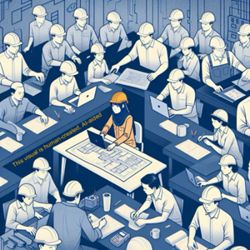
Record achievements: An electric vehicle production line in Jinhua, Zhejiang province, China. Over 3,000 BRI cooperation projects have been launched in the past decade, involving close to US$1 trillion of investment. — Reuters
WORLD leaders gathered in Beijing for a high-profile forum this week in celebration of the 10th anniversary of the Belt and Road Initiative (BRI).
The third Belt and Road Forum for International Cooperation (BRF), held from Tuesday to Wednesday, marked another milestone in the process of jointly building the Belt and Road.
In a keynote speech at the opening ceremony, Chinese President Xi Jinping said that over the past 10 years, Belt and Road cooperation has progressed from “sketching the outline” to “filling in the details,” and blueprints have been turned into real projects.
He announced eight major steps that China will take to support high-quality Belt and Road cooperation, including the promotion of green development, and the advancement of scientific and technological innovation.
During the third BRF, a total of 458 outcomes were achieved, far more than in the second one. The CEO Conference held during the forum saw the conclusion of agreements worth US$97.2bil (RM462.6bil).
Zahari Zahariev, chairman of Bulgaria National Association for the Belt and Road, said he was impressed by China’s fresh commitments and pledges.
Future BRI development requires efforts not only from China, but also from other participating countries like Bulgaria, he said.
Since its launch, the BRI has become the world’s largest platform for international cooperation, and with the broadest coverage.
By June 2023, China had signed more than 200 BRI cooperation agreements with over 150 countries and 30-plus international organisations across five continents. Over 3,000 BRI cooperation projects have been launched in the past decade, involving close to US$1 trillion (RM4.7 trillion) of investment.
One such project is the China-Laos Railway, which began operations in December 2021, helping transform the landlocked country of Laos into a land-linked hub in Southeast Asia.
Sida Phengphongsawanh, a 24-year-old train inspector for the China-Laos Railway, is one of many Lao people whose lives have been changed by the railway.
“The Belt and Road is a great initiative,” she said. “And I think the Laos-China Railway is just the starting point (in the region). It will connect more countries in the future, allowing us to go abroad more easily.”
By improving infrastructure connectivity, BRI cooperation can reduce international trade costs and enable underdeveloped countries, especially those located inland, to participate in global trade and seek economic development, said Liu Nanxing, an expert on international cooperation at the National Development and Reform Commission. — Xinhua









































